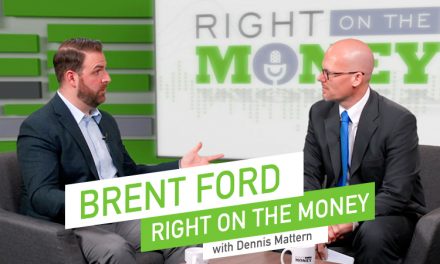Anyone with discretionary money is continuously confronted with the question on how to save or invest it. In today’s low-interest-rate environment, savers are fairly happy with tax-deferred annuities paying 3 percent for a five-year period. The quandary for investors is much more difficult. You first have to develop a financial profile that includes a risk-tolerance test. Once you’ve established your propensity for risk, you can measure that risk against the timeline you’ve set to achieve your retirement strategy goals and build you portfolio accordingly. One of the most popular portfolio management tools is the Modern Portfolio Theory.
Modern Portfolio Theory is predicated on two key pillars of thought: Market Correlation and Risk vs. Reward. If the concepts are fundamentally sound, then the theory should have practical quantifiable results. If it’s just a theory with no real market measurement in performance, than it may just be anecdotal advice advisors trot out during their dog-and-pony presentations to investors.
August 2015 and January 2016 have been brutal for investors. It seems like 2008 all over again. It appears no matter how diversified your portfolio is, it’s down—and down big. Many advisors display long-term Ibbotson mountain charts to dispel the dips off the cliffs and focus on the ascent up the mountain. But isn’t Modern Portfolio Theory simply buy-and-hold for 50 years with an annual rebalancing of your portfolio? If that’s the case, then why not just buy low-cost indices like the S&P 500 and just set it and forget it? Is the performance of Modern Portfolio Theory that much better? Does it protect against the unpredictable “Black Swans”? Are market timers or tactical investors performing better? Watch the interview with economist and financial advisor John Dubots on Modern Portfolio Theory, buy/sell strategies and market timing. [URL]
Of course, not all observers agree Modern Portfolio Theory is the perfect construct for an investment portfolio. All investors should be aware of these controversies and understand the assumptions underlying any recommendations made by a portfolio manager. It’s necessary to align your goals with a financial advisor who can explain their portfolio theories and why they’re employing them on your behalf.
Syndicated financial columnist and talk show host Steve Savant interviews John Dubot financial planner and economist. John is one of the leading proponents of tactical investing in the country and has been featured in Forbes and Fortune Magazine.





